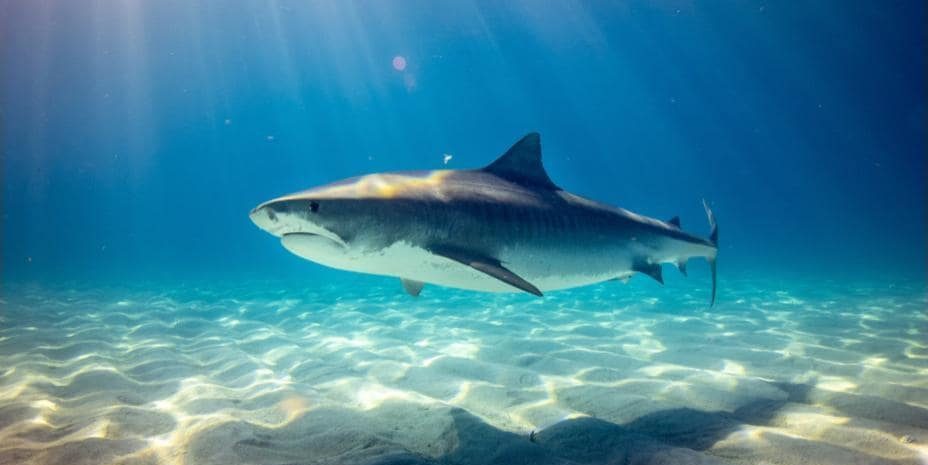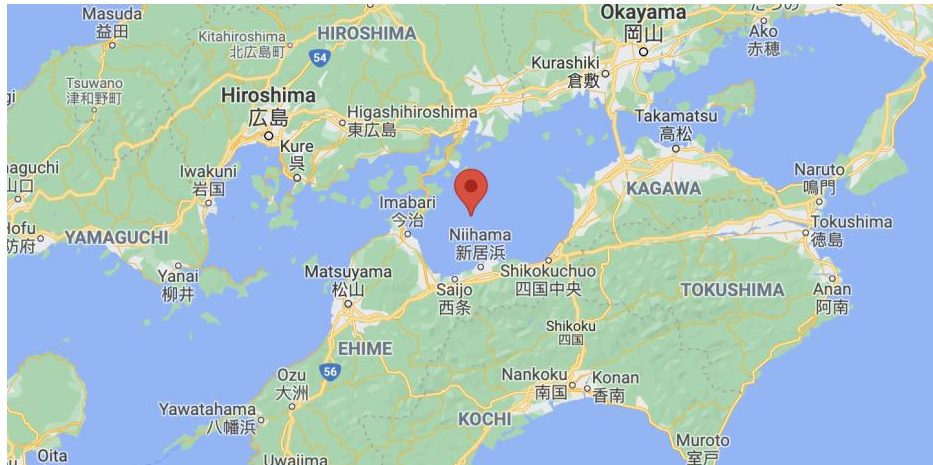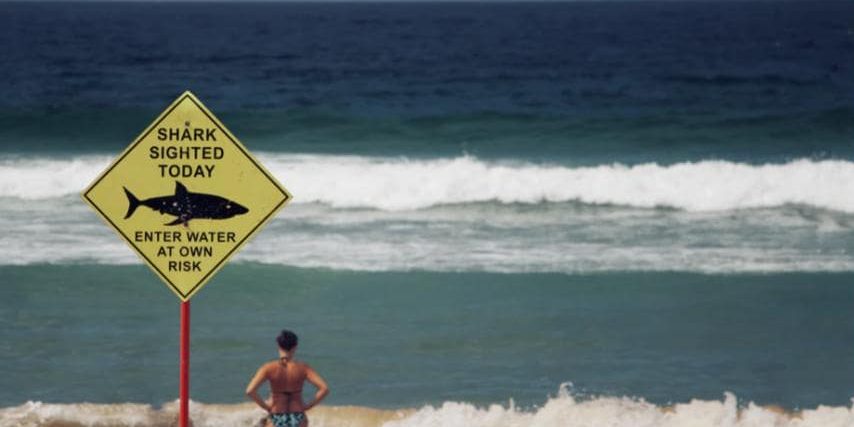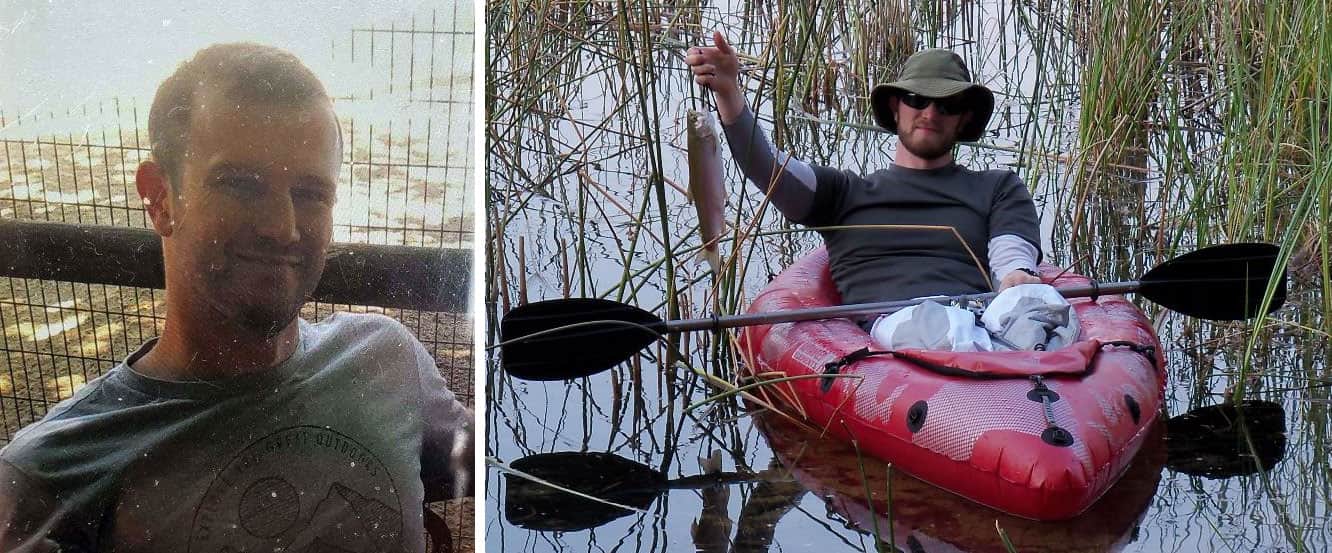
Between the years of 1370 and 1010 BC, a man was attacked by a shark in Japan. That’s putting it lightly. A man was maliciously thrashed by what is believed to be a tiger or white shark. The skeletal remains, which researchers refer to as No. 24, have 790 wounds. Brutal. During the attack, No. 24’s left hand and right leg were ripped off and became instant shark food.
The attack is believed to have happened in the Seto Inland Sea. This sea is surrounded by the three Japanese islands of Honshu, Kyushu, and Shikoku. The remains were discovered in Tsukumo at a cemetery that is now being excavated.

No. 24 was discovered by a pair of Oxford University researchers, J Alyssa White and Professor Rick Schulting. They were looking for evidence of violent injuries to skeletons of hunter-gatherers kept at Kyoto University. The researchers, by process of elimination, were able to determine the attacker was in fact a shark. Initially, they were at a loss for what could cause so much damage. Wounds were found on the arms, legs, chest, and stomach. George Burgess of the Florida Program for Shark Research was able to confirm the Oxford University researcher’s theory of a shark attack and not human conflict or other land animal attacks.
It is unclear what No. 24 was doing when he was attacked. Was he looking for a shark or was he caught off guard? Dr. Mark Hudson from the Max Planck Institute states the researchers are not yet able to determine what No. 24 was doing when he was attacked. Dr. Hudson does suggest, however, this finding gives a glimpse into the life of prehistoric Japan as well as the ability for archaeologists to reconstruct a dramatic moment in a person’s life.
For everyone in the PNW that’s looking to escape the heat with some beach days, keep your eyes peeled for aquatic life. You don’t want to be the subject of a bunch of researchers 3,000 years from now.





